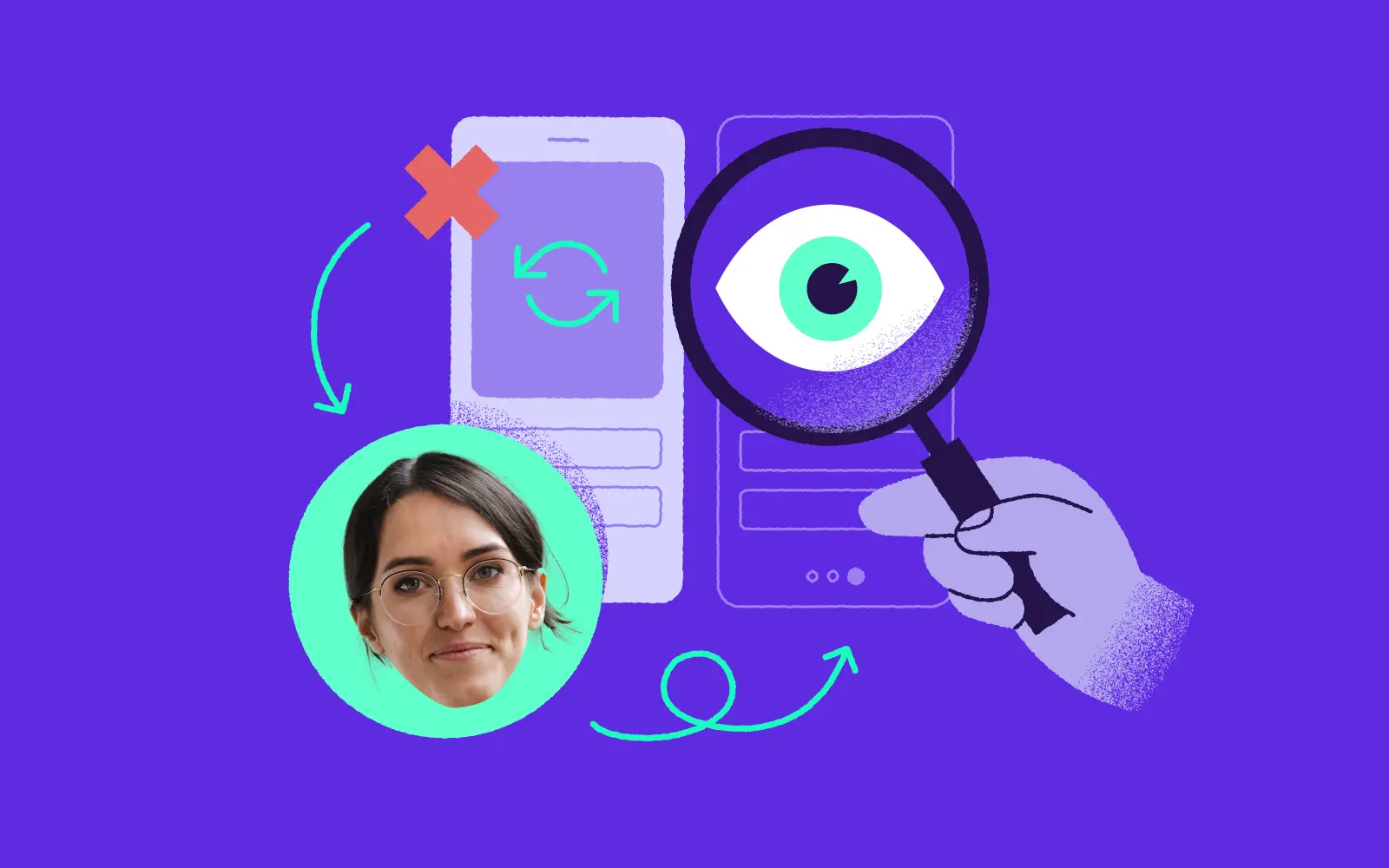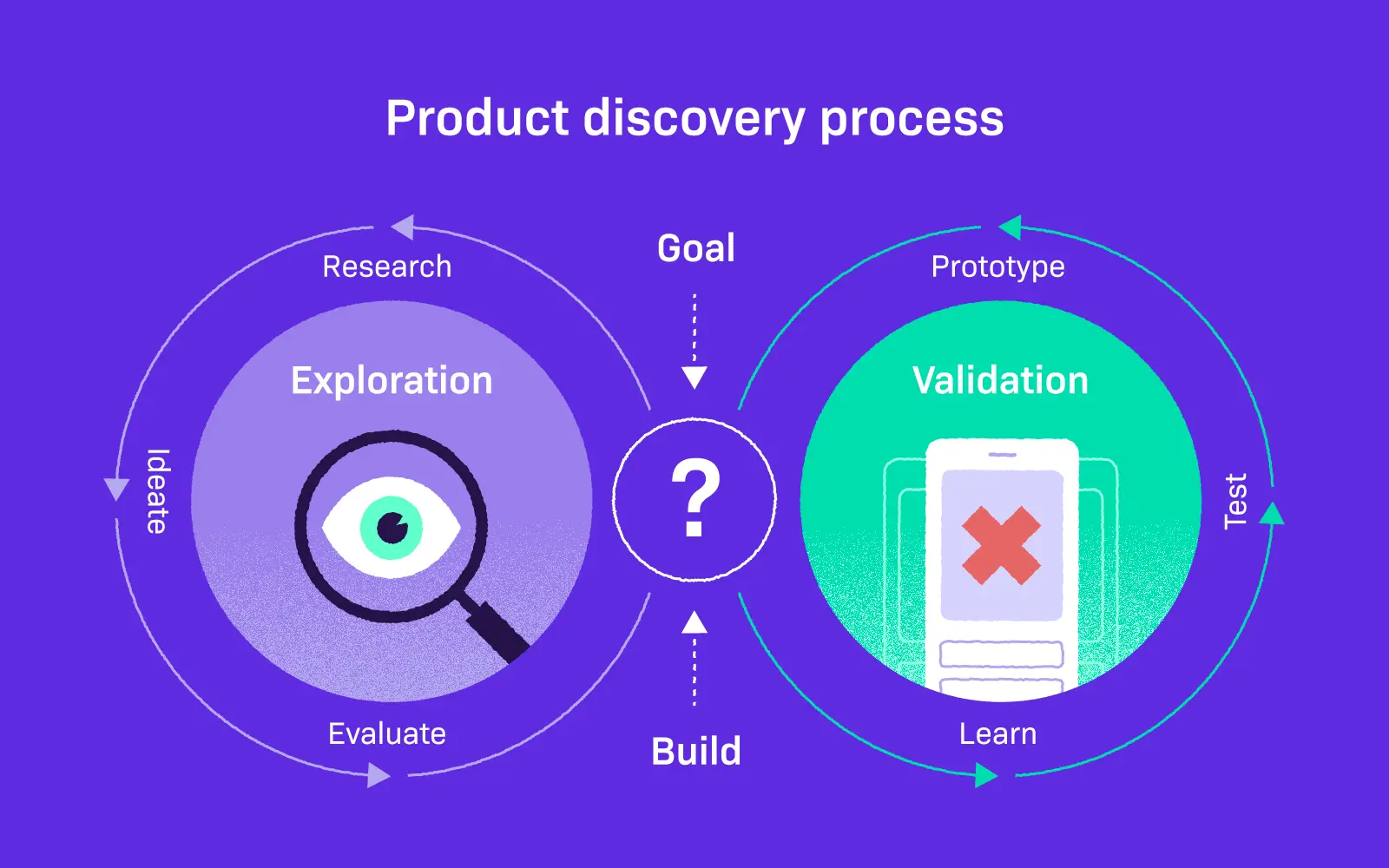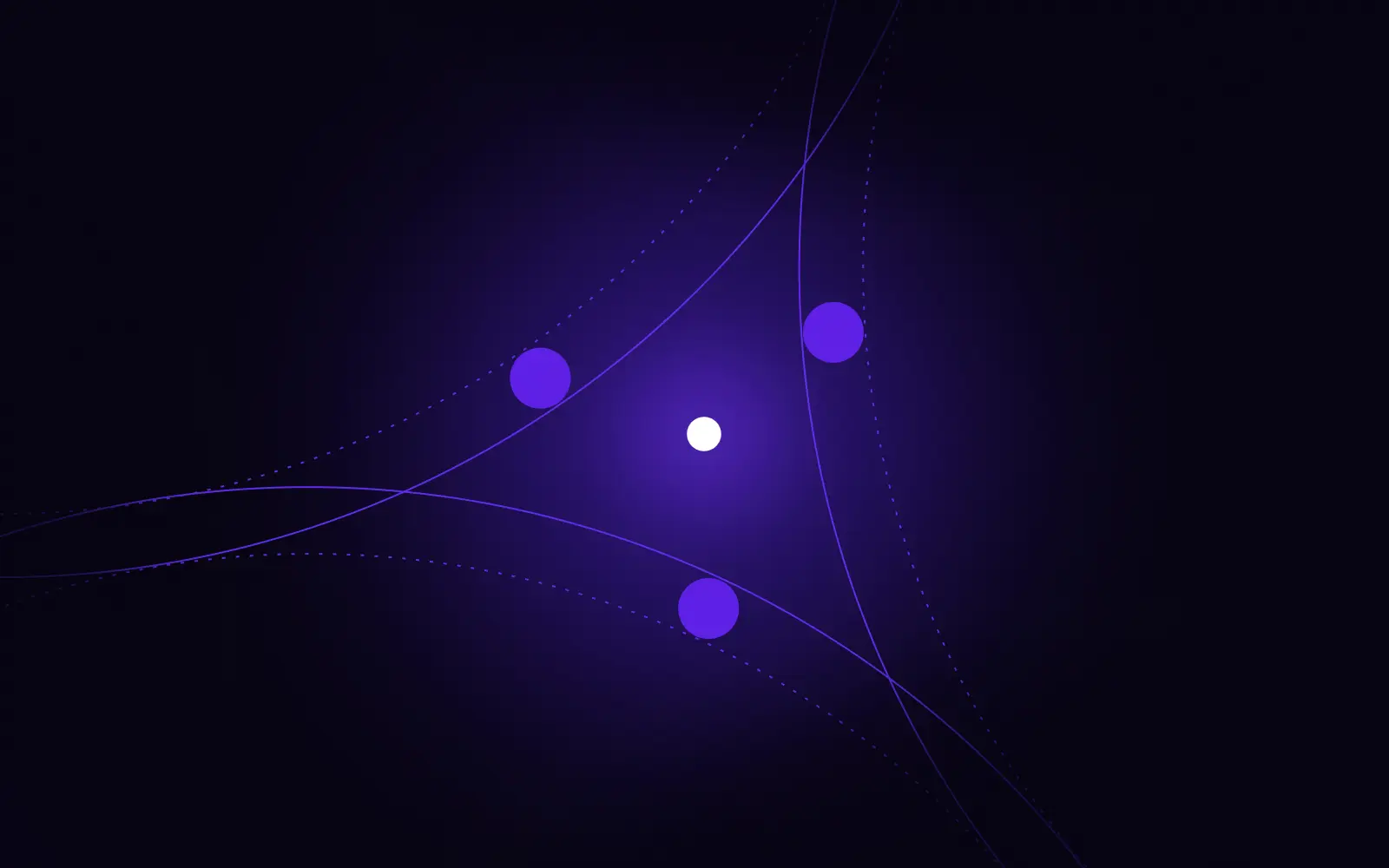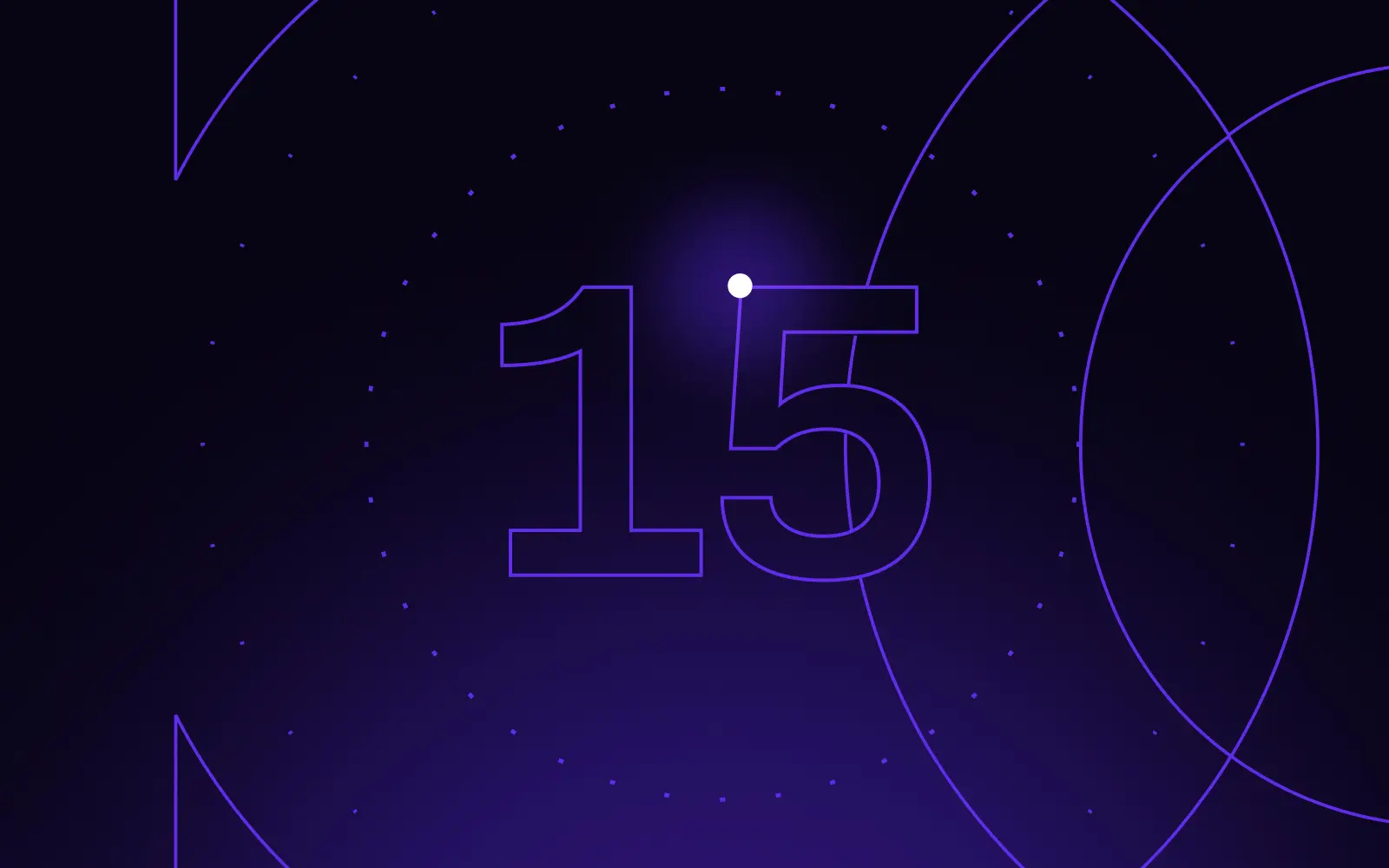The Success of Discovery at 10Clouds – A UX Lead’s Story
20.03.2024 | 5 min read

Aga Zygmunt has been a Lead UX Researcher at 10Clouds for more than 3 years now, and has worked on a number of exciting projects during her time with us, ranging from Fintech and Web 3 through to education and Ecommerce. But one of the biggest strings to her bow is the introduction of Discovery to our business. Today we find out the crucial role that it plays in any product design process, and why it’s become such a key element of our offer to clients.
Welcome Aga, and thank you for sharing your experience with us. Let’s start from an important, and not altogether obvious question: What exactly is Discovery?
A Discovery process can be described as peeling back the layers of possibility, starting right at the inception of a product's lifecycle.
By meticulously exploring each element, from market-fit to user-fit, we lay the groundwork for seamless implementation, raising the chances of market success and mitigating risk.
At 10Clouds, we embark on this journey with our clients, uncovering not only groundbreaking products but also unlocking market advantages, identifying new customer segments, and pinpointing the most effective avenues for product or process transformation.
What are the key benefits of conducting thorough Discovery research before moving into the design phase?
The major benefit of Discovery is the fact that it lays the foundation for successful product development and delivery. Not only do we uncover what is truly necessary for the end user, but we also prioritize our steps and actions based on this.
When faced with building a large product, we often grapple with the challenge of reconciling many threads and ideas, especially when it involves transforming an existing product. We must navigate diverse user and stakeholder goals, as well as a host of issues to resolve. This is where Discovery is key.
An additional benefit of conducting such processes is the interdisciplinary nature of our teams. By combining researchers, designers, strategists, and technical personnel (developers) in the process, the results of our Discovery enable a seamless transition from exploration to implementation, under the same roof.

What methodologies or techniques do you find most effective for conducting Discovery research?
The first step should always be to examine what currently exists in the market and verify whether users truly have a problem we aim to solve.
To offer a product someone will use, we must have three essential ingredients:
1. A target audience.
2. A problem that is being solved or a need fulfilled – no one will spend time or money on something unnecessary.
3. Provided value – to make the target audience choose this product among that of the competition. We can have the best product on the market that theoretically solves the problem perfectly, but if its solution provides no value, we go back to point one - it won't be needed by anyone.
Only by addressing these three points and knowing what value we want to deliver by solving the chosen group's problem do we then consider how we will deliver this value - what the solution will be.
As for the specific methodologies to use, there are as many answers as the number of questions and research hypotheses. There’s no single independent method; it all depends on the project at hand. Sometimes surveys and in-depth conversations are needed to understand the context, while other times it's more effective to test ideas through “fake door testing” or “Wizard of Oz” methods.
Fake door testing in design involves creating a simulated interface or feature to gauge user interest and behavior before fully implementing it, helping designers make informed decisions based on user feedback.
Wizard of Oz methods in design refer to a technique where designers simulate advanced features or functionality manually to test user interactions and gather feedback before investing in actual implementation, allowing for rapid prototyping and iteration based on user responses.
Can you provide an example of a particularly insightful finding that emerged during the Discovery process in one of your projects?
I have two good examples.
In one project, the client's eagerness to develop a financial tool was palpable. Yet, as discussions unfolded, it became clear that the concept rested solely on the client's intuition. Opting for a rapid two-week discovery phase, we sought to validate the idea and chart potential directions. Through workshops and user testing coupled with in-depth interviews, we unearthed that the proposed product lacked perceived value, risking the organization's reputation. This swift, cost-effective approach not only prevented the project from pursuing a flawed solution but also steered it towards necessary product enhancements, informed by client insights.
In another instance, a profound shift in project direction emerged, illuminating unique values absent in competitors' offerings. While investigating an application in the yacht industry, we uncovered that the true target audience deviated from initial assumptions. Understanding participants' travel organization process unveiled new market opportunities. Following weeks of research and testing, we not only delineated the entire user journey but also introduced novel functionalities, setting our product apart. This process not only validated past efforts but also refined our business strategy, paving the way for a market-leading application.
Thank you Aga. And on a personal level, what brings you the most satisfaction in your role at 10Clouds? What are you most proud of?
We're slowly changing the perception of the role of UX and the Discovery process in creating new products.
For many years, market perception of Discovery and UX was associated with conducting research and activities detached from the product implementation process, seen as a part executed by a team, closed off, and then handed over to others for implementation. By combining our competencies, we have the opportunity to demonstrate how research and workshops can complement and support the entire product lifecycle, from ideation to implementation. They can help optimize processes even in technical aspects, effectively moderating and planning work.
This is certainly related to the fact that when we talk about the Discovery we carry out, my role as a UX Researcher extends beyond the typical boundaries. Acting at the intersection of research, business analysis, and product strategy, we can achieve results that speak for themselves.



